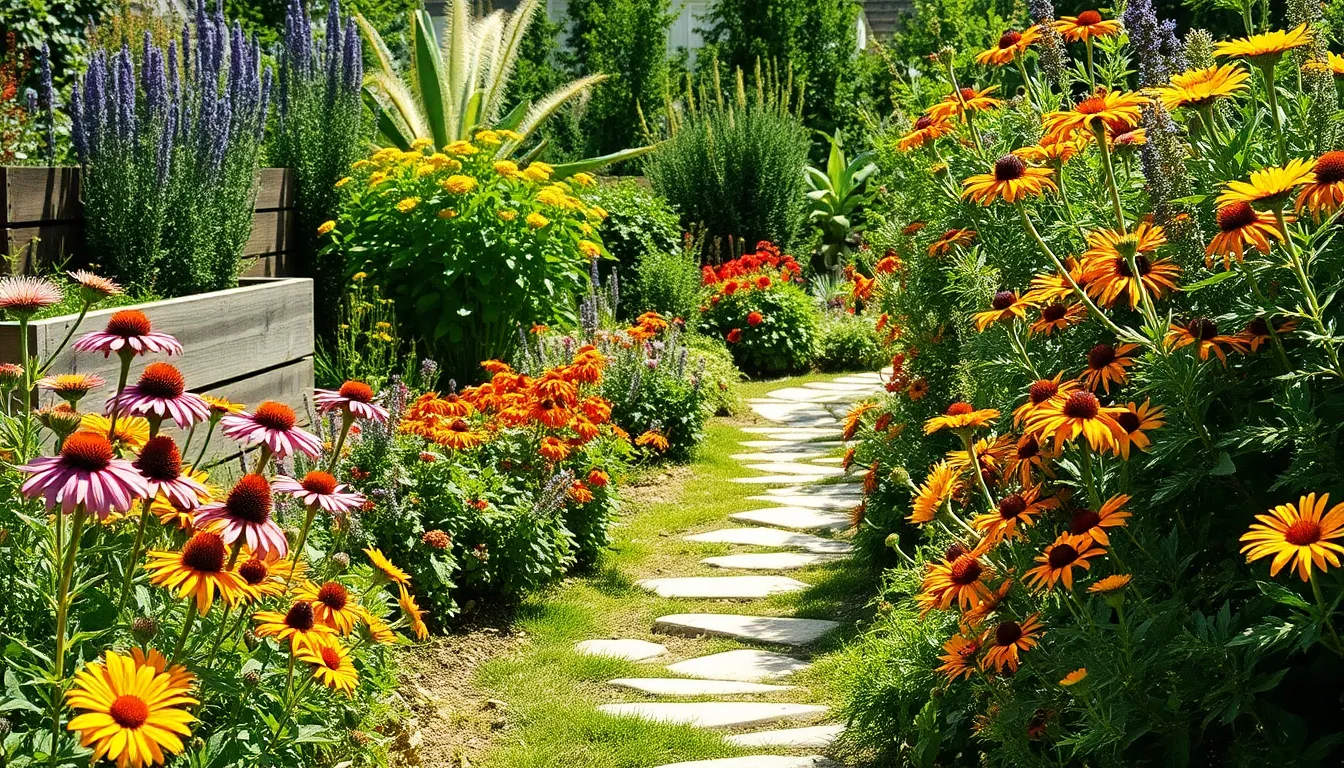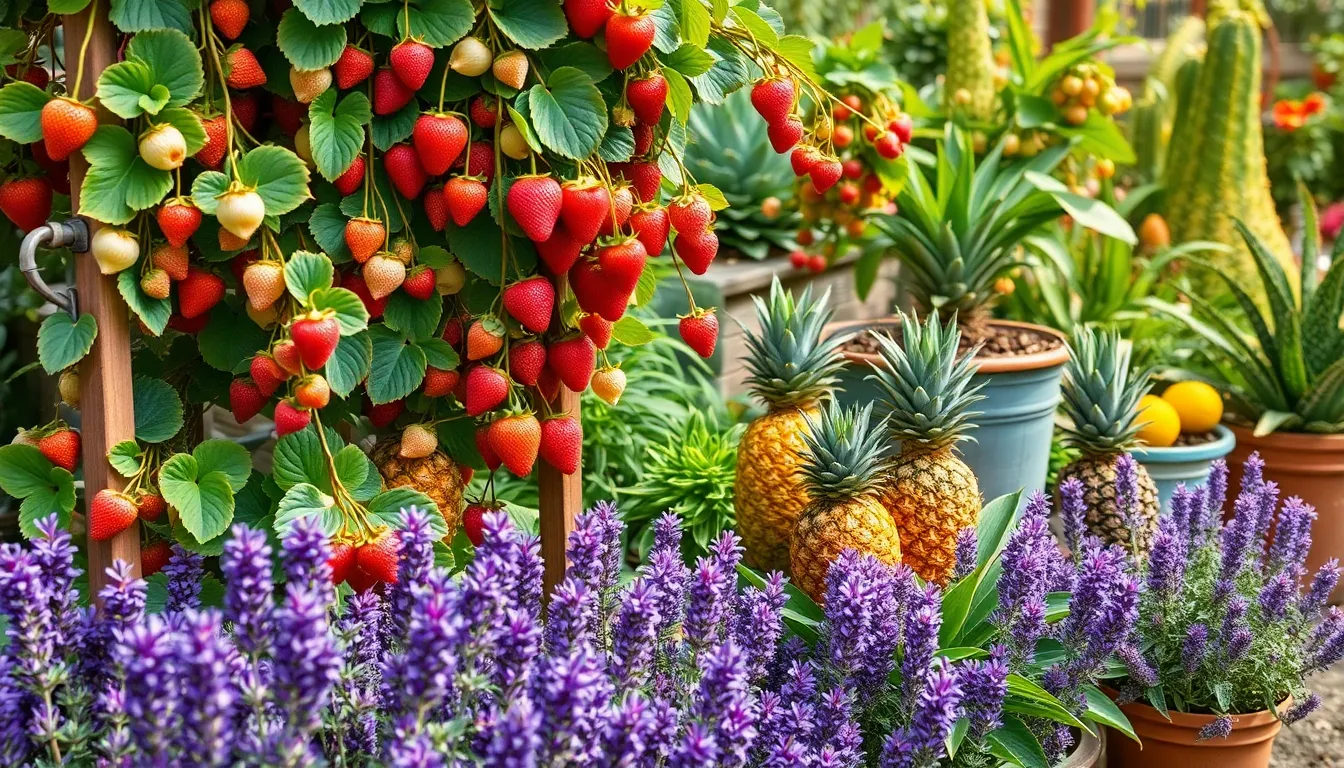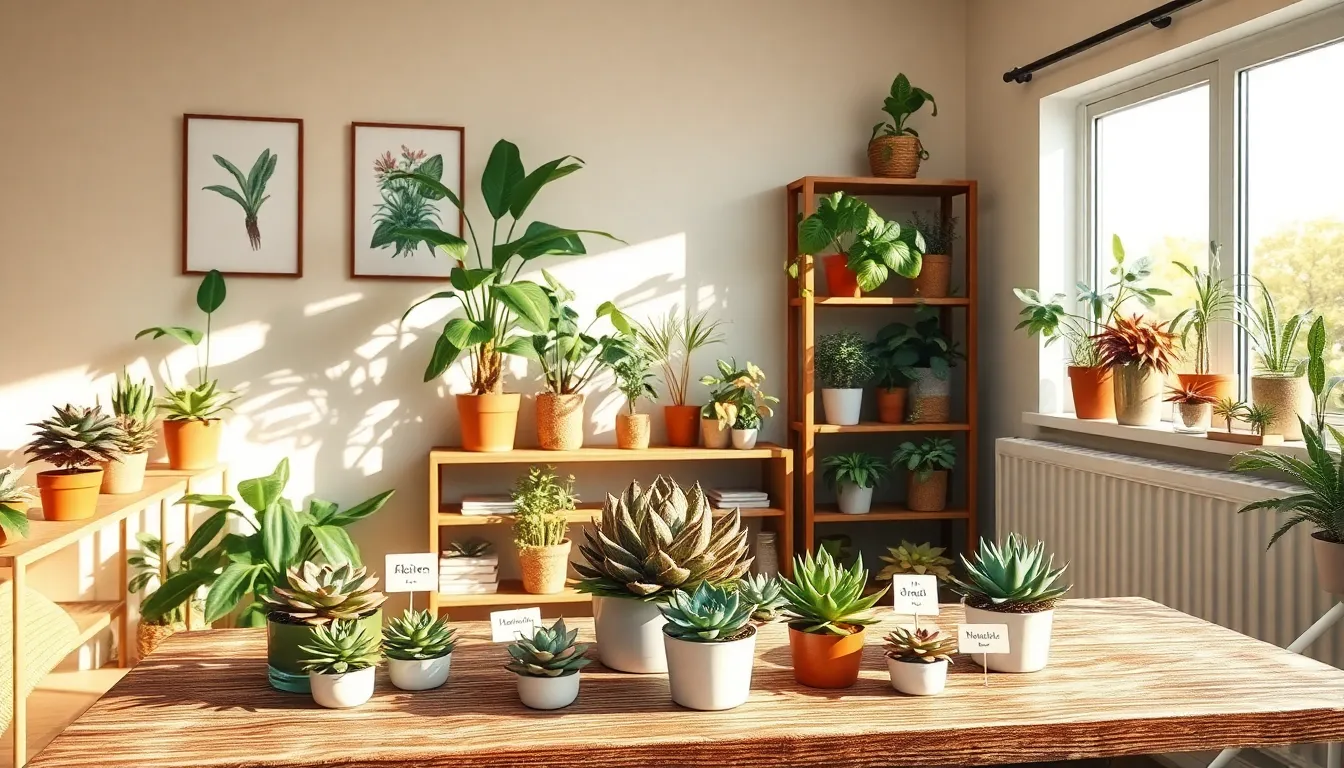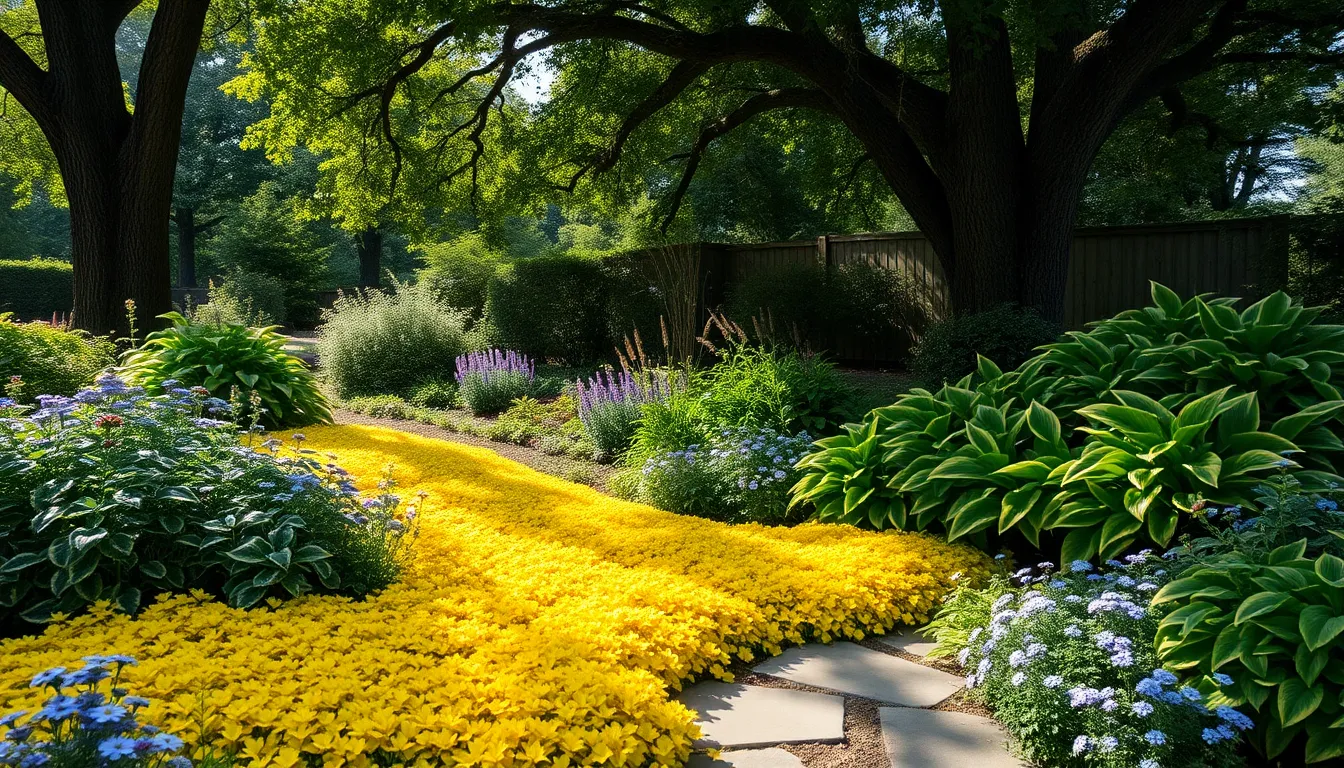Gardening is much more than a solitary hobby—it’s a vibrant conversation with nature, where every plant, insect, and bloom plays a crucial role. Among the most vital participants in this dialogue are pollinators, the busy bees, butterflies, and birds that help our gardens thrive, ensuring blooms are bountiful and the harvest is fruitful. Whether you’re just starting out with a few pots on a balcony or you’re a seasoned gardener with sprawling beds, making your garden more pollinator-friendly is a rewarding step you can take to support biodiversity and the health of our planet.
By understanding the needs of these essential creatures, you can create a haven that attracts and sustains them throughout the seasons. In this article, you’ll discover practical tips and insights on selecting the right plants, creating habitats, and fostering an environment where pollinators can flourish. From incorporating native plants to reducing pesticide use, you’ll learn how even small changes can make a big impact. Together, we’ll explore how to transform your garden into a buzzing sanctuary that benefits both nature and your soul.
Select Native Flowering Plants
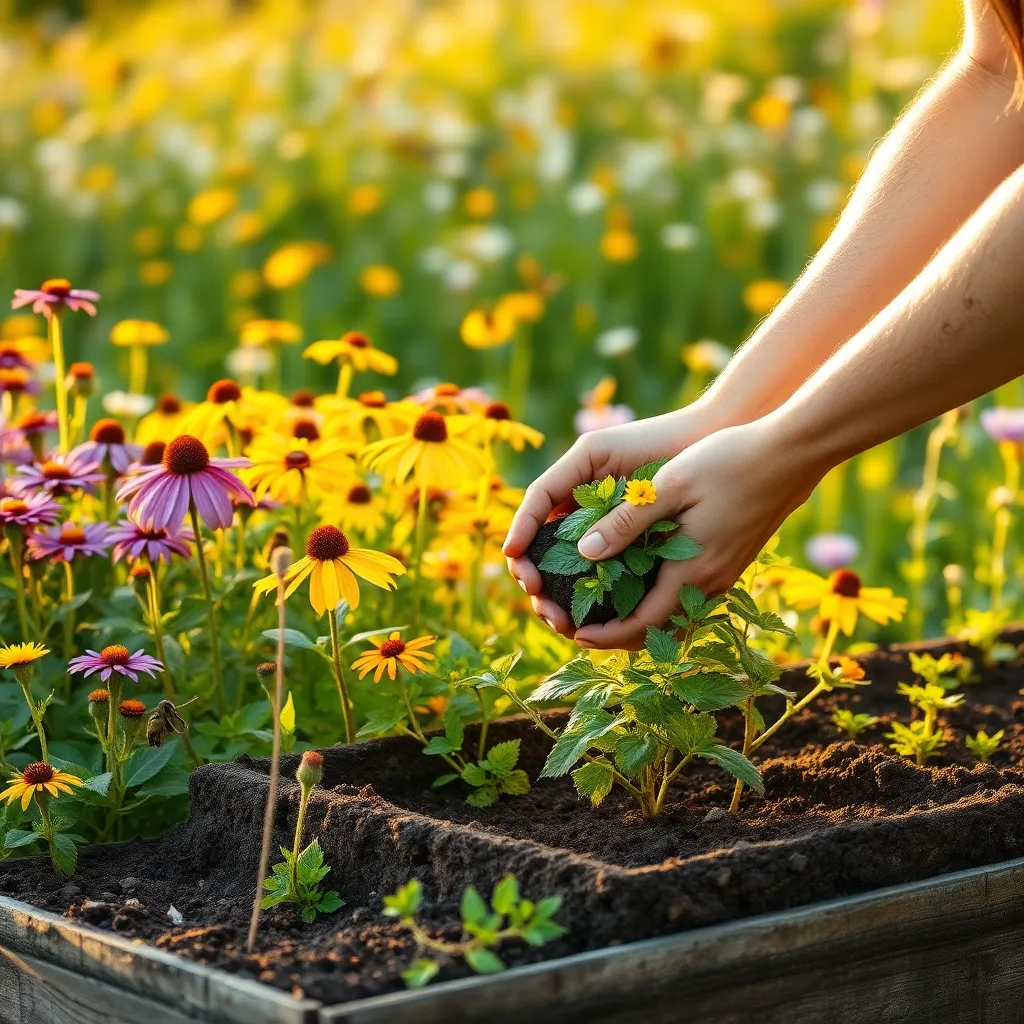
Choosing native flowering plants is an excellent way to attract pollinators to your garden. They are well-adapted to local conditions and require less maintenance, making them a smart choice for gardeners of all levels.
Start by researching which native plants thrive in your area. Visit local nurseries or contact your local cooperative extension service for advice on which species will perform best in your region.
Black-eyed Susans, for example, are a popular native choice that thrive in well-drained soil and full sun. Water them regularly during their first growing season to establish deep roots, then enjoy their resilience and long-lasting blooms.
Consider planting milkweed, a critical resource for monarch butterflies. This plant prefers sunny locations and can tolerate a range of soil types, providing essential support to these pollinators as they lay their eggs.
For a splash of color, purple coneflowers are a hardy native option. They flourish in sandy or loamy soil and need only moderate watering once established, making them perfect for gardeners seeking low-maintenance beauty.
Create a Water Source
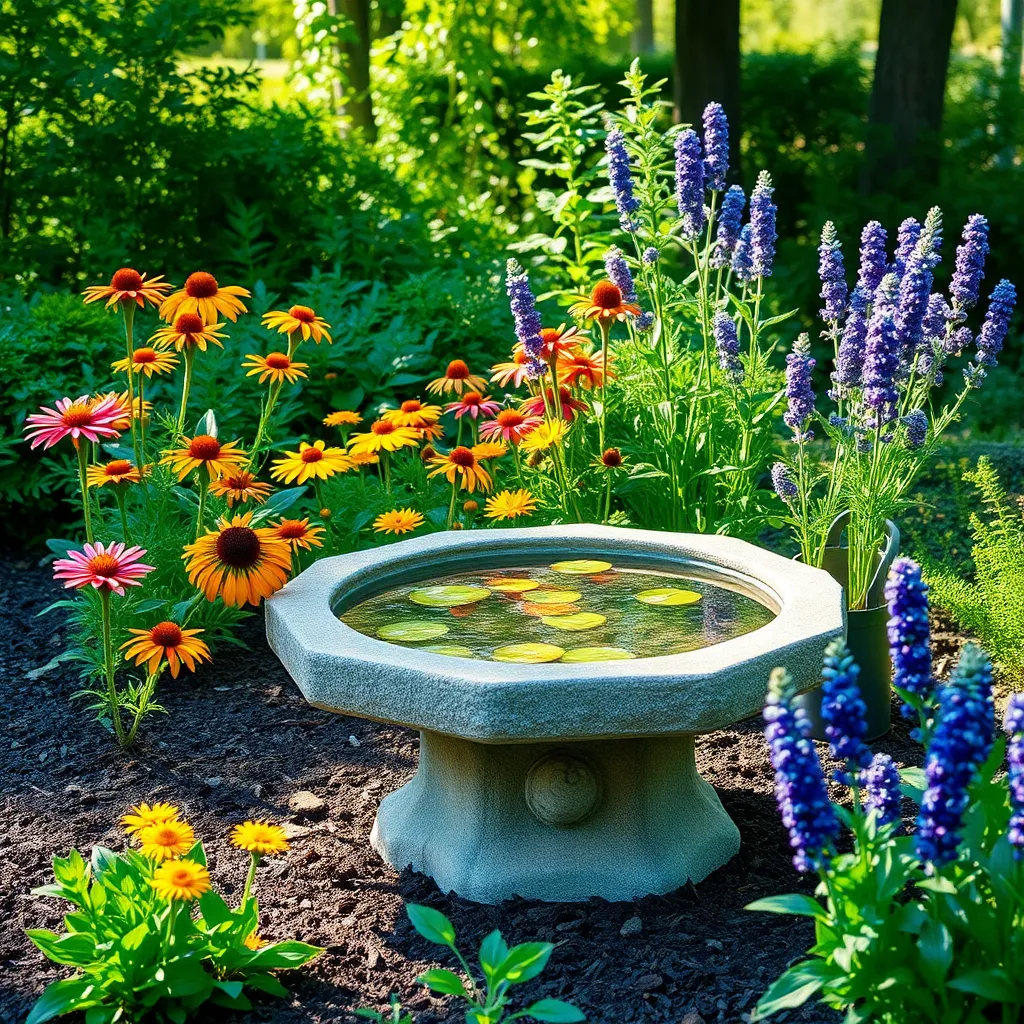
Creating a water source in your garden is essential for attracting pollinators, as many species need water for drinking and bathing. Start by placing a shallow dish or birdbath in a sunny spot to encourage bees, butterflies, and birds to visit.
Ensure the water source is clean and safe by changing the water regularly to prevent mosquitoes from breeding. Adding a few stones or floating cork pieces can provide perches that help pollinators access the water easily.
If you’re looking to add a natural touch, consider incorporating a small pond or water feature. This can be as simple as a half-buried container lined with stones and aquatic plants, which creates a habitat that supports a diverse range of pollinators.
For those with more space, a rain garden can be a fantastic addition. These gardens collect rainwater runoff and are planted with water-loving plants, offering a sustainable water source while enhancing your garden’s aesthetics.
Plant in Sunlit Areas
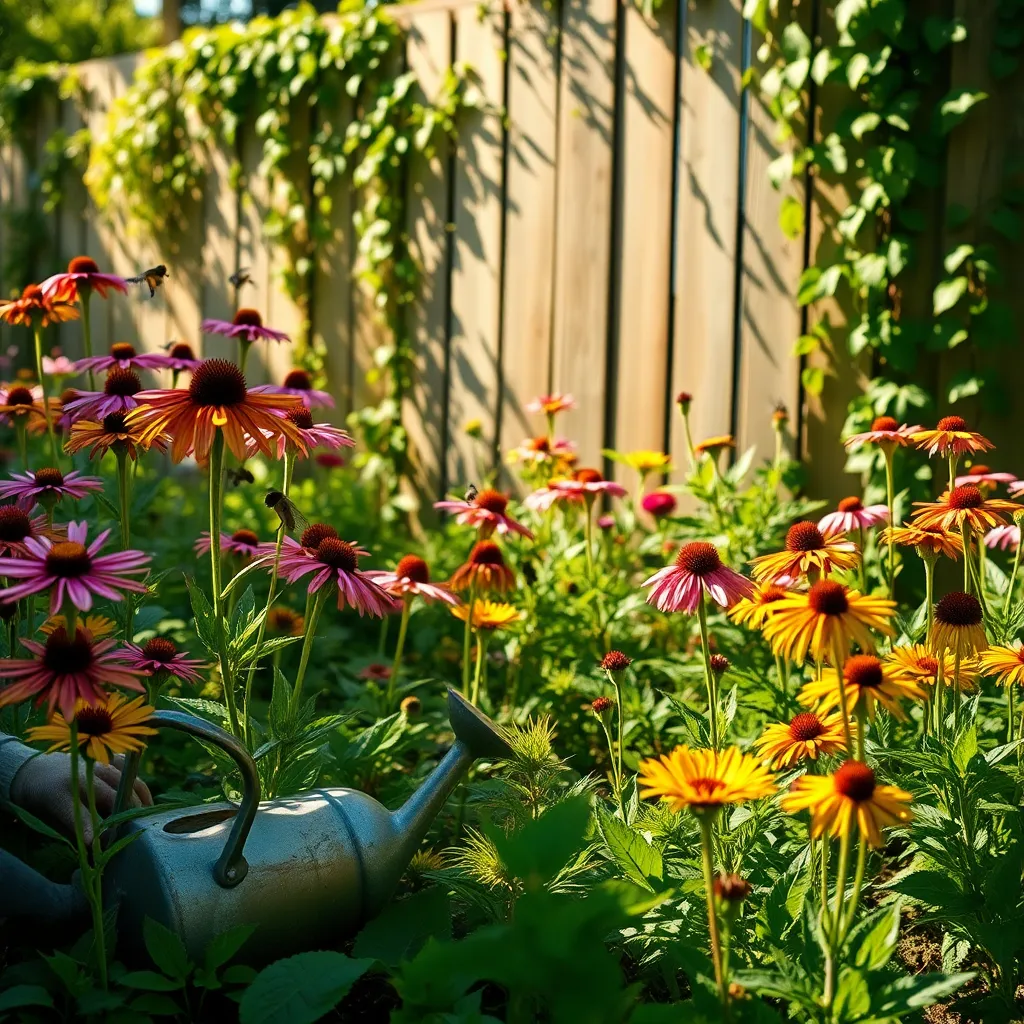
Utilizing sunlit areas in your garden can significantly enhance its appeal to pollinators. Many pollinator-friendly plants thrive in full sun, making these spots ideal for species like lavender, sunflowers, and coneflowers.
When planting in sunlit zones, prepare the soil by incorporating organic matter to improve drainage and nutrient content. For best results, use a well-balanced fertilizer during the planting phase to ensure robust growth and abundant blooms.
Water these sun-loving plants early in the morning to reduce evaporation and ensure they receive adequate moisture. A consistent watering schedule is crucial—aim for about an inch of water per week, adjusting for rainfall and temperature fluctuations.
To maximize the attractiveness of your garden, consider planting a variety of flower shapes and colors. This diversity will appeal to a wider range of pollinators, each with different preferences and feeding habits.
Avoid Chemical Pesticides
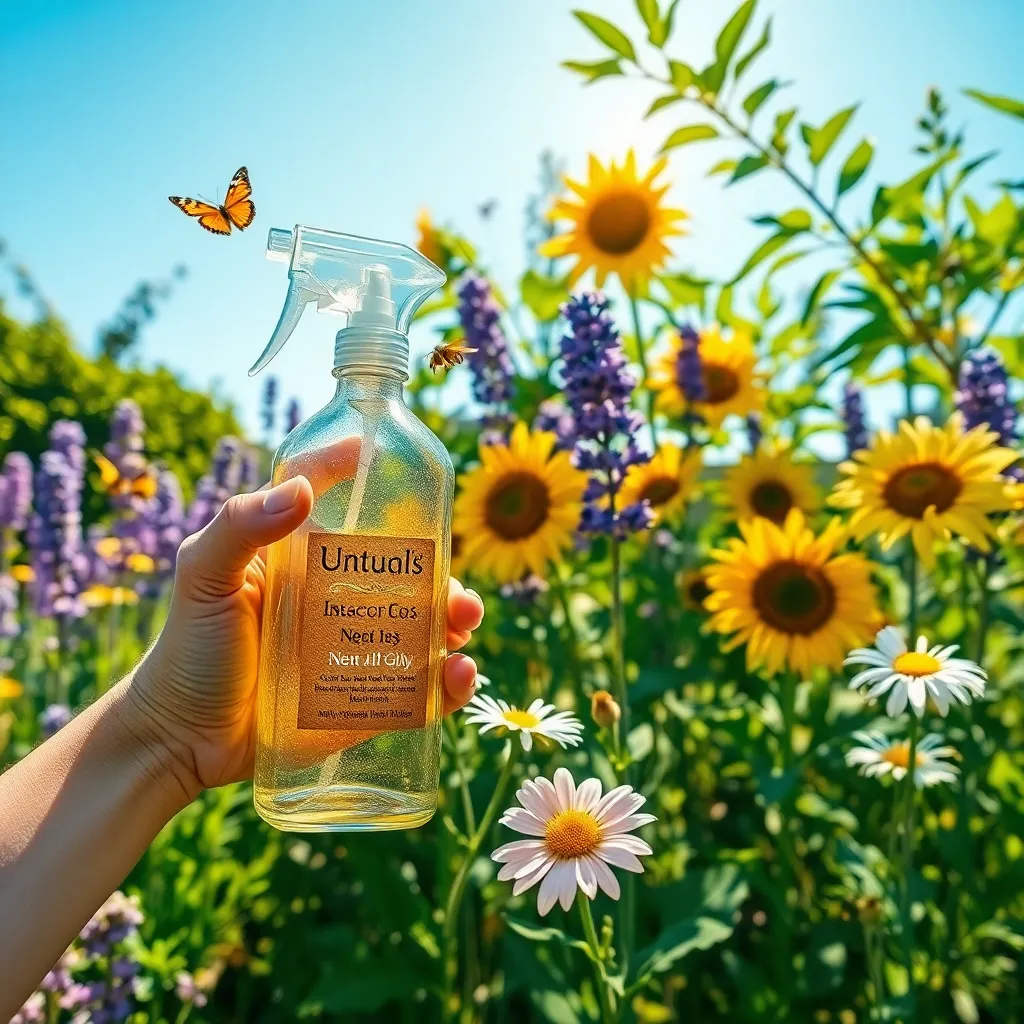
To make your garden more pollinator-friendly, it’s crucial to avoid using chemical pesticides. These chemicals can harm beneficial insects, including bees and butterflies, which are essential for pollination. Instead, opt for natural pest control methods that protect your plants without threatening pollinators. One effective approach is to introduce beneficial insects like ladybugs and lacewings, which naturally prey on common garden pests.
Companion planting is another excellent strategy to deter pests while enhancing pollinator activity. Planting marigolds alongside vegetables can help repel aphids and nematodes, reducing the need for chemical interventions. Additionally, herbs such as basil, mint, and lavender not only attract pollinators but also act as natural pest deterrents. By strategically choosing plant combinations, you create a healthier ecosystem in your garden.
Regular monitoring of your plants is essential to catch pest issues early and manage them without chemicals. Inspect leaves and stems for signs of damage or infestation, and remove affected areas promptly. For a simple homemade solution, mix water with a few drops of dish soap and spray it on plants to deter soft-bodied insects like aphids. This gentle approach helps maintain a balance, allowing beneficial insects to thrive.
Mulching can also play a role in reducing pests while promoting pollinator-friendly conditions. Organic mulches, such as straw or wood chips, help maintain soil moisture and regulate temperature, creating a hospitable environment for pollinators. Moreover, mulch can deter weeds that compete with your plants for resources. Regularly replenishing mulch ensures that your garden remains an inviting habitat for bees and butterflies throughout the growing season.
Provide Nesting Habitats
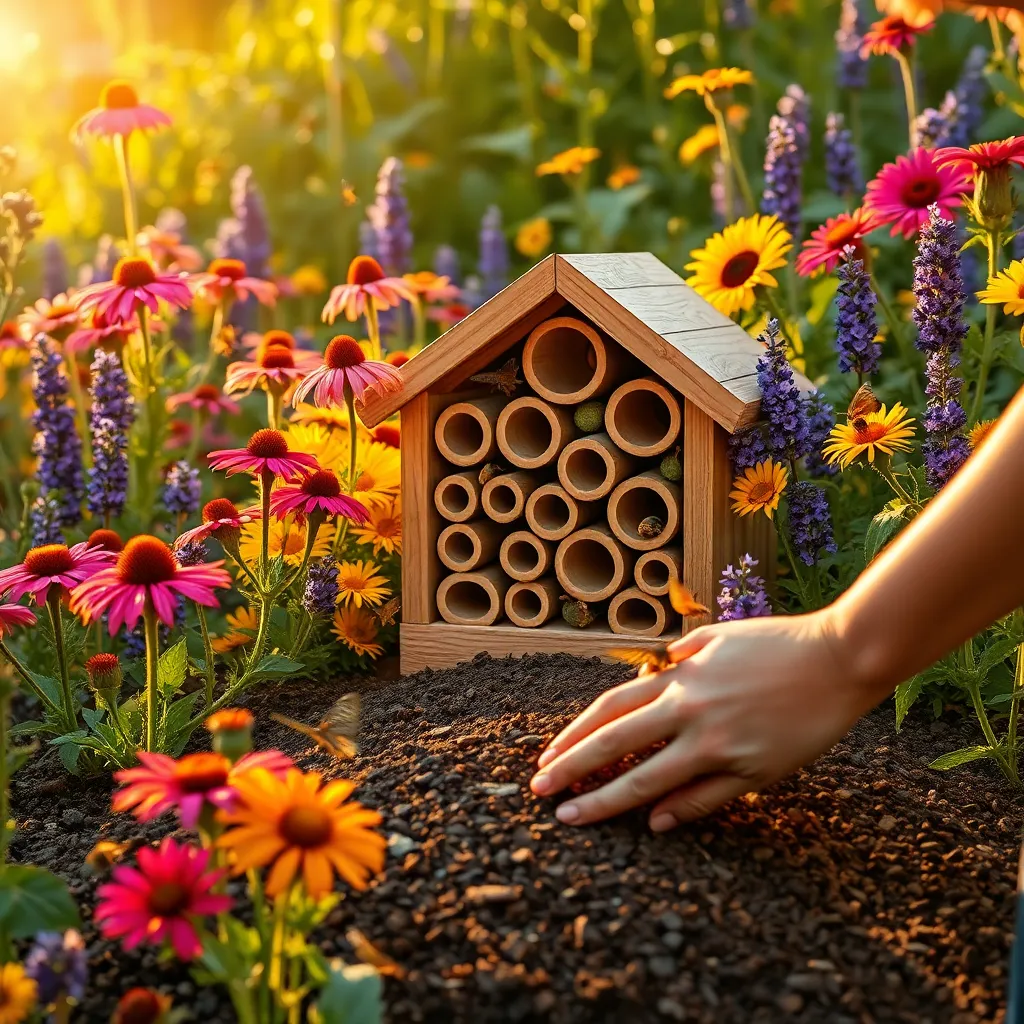
Creating nesting habitats in your garden is a fantastic way to support local pollinators. Bee hotels are an excellent starting point, providing a safe place for solitary bees to lay their eggs.
To make a bee hotel, gather materials like bamboo canes or untreated wood drilled with holes. Place your bee hotel in a sunny, sheltered spot about a meter off the ground to attract a variety of pollinators.
Ground-nesting bees require bare patches of soil, so consider leaving a small, open area in your garden. Well-drained, sandy soil is ideal, as it ensures the nests won’t flood during heavy rains.
For advanced gardeners, incorporating a mix of native plants can enhance the diversity of pollinators visiting your garden. Consider planting flowering plants with different bloom times to provide a continuous food source throughout the growing season.
Conclusion: Growing Success with These Plants
Creating a pollinator-friendly garden is a nurturing journey that mirrors key relationship principles. First, embrace diversity by planting a variety of native flowers, much like valuing different perspectives in a partnership. Second, provide safe havens, such as bee hotels, which echo the importance of creating secure spaces for open communication. Third, eliminate harmful pesticides, akin to resolving conflicts without hostility. Fourth, ensure a continuous bloom cycle, reflecting the need for continuous growth and attention in relationships. Lastly, offer water sources, symbolizing the sustenance of trust and mutual support.
To embark on this transformative path, start by introducing one native plant to your garden today, setting the stage for a thriving ecosystem and healthier relationships. Bookmark this article now to revisit these insights as you cultivate both your garden and personal connections.
Remember, investing in a pollinator-friendly garden not only enriches your outdoor space but also strengthens your relational ties. By fostering these connections, you’re not just nurturing plants; you’re sowing the seeds for lasting relationship success. Here’s to a future where your garden—and your relationships—flourish with vibrancy and resilience.

